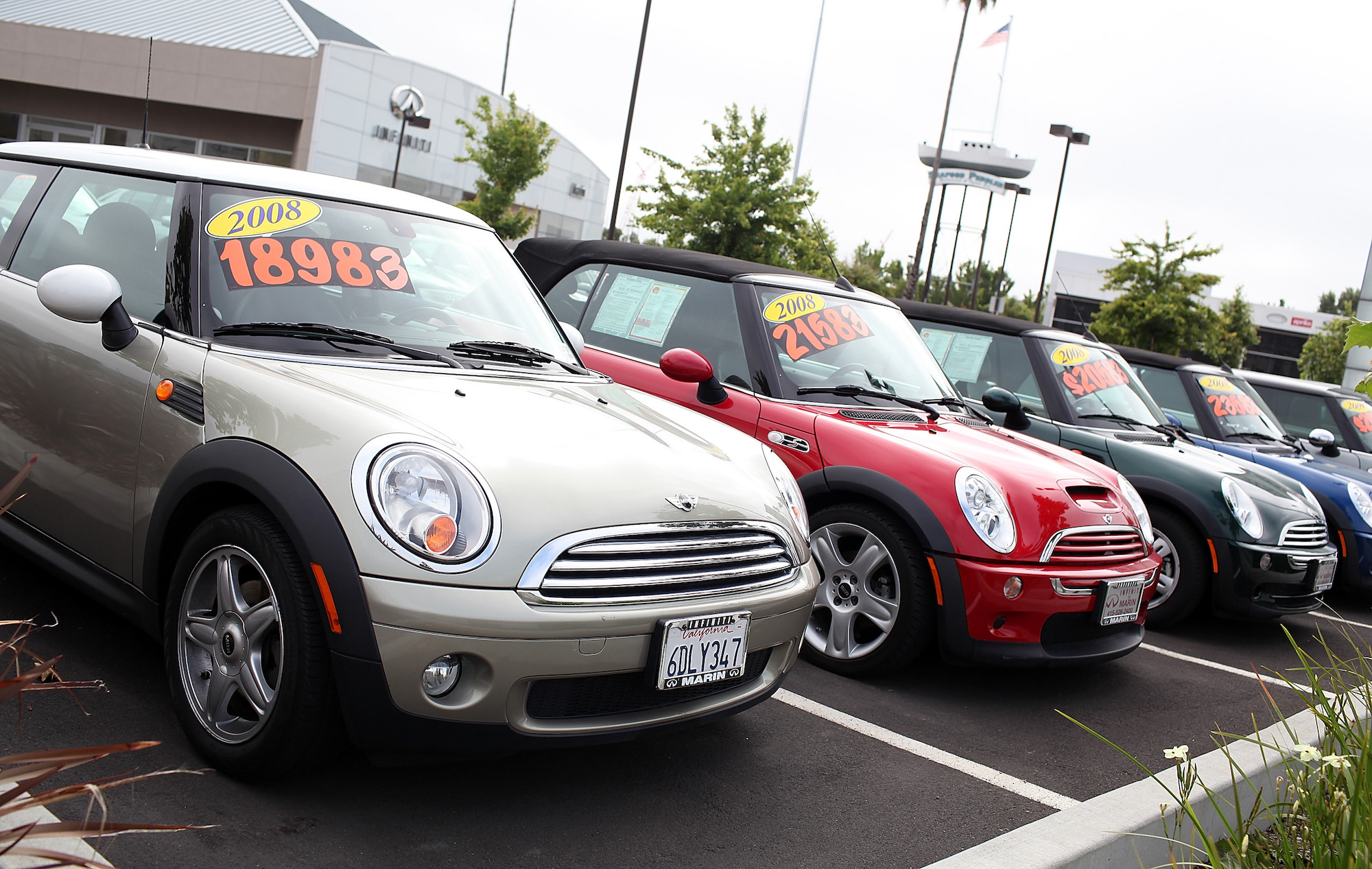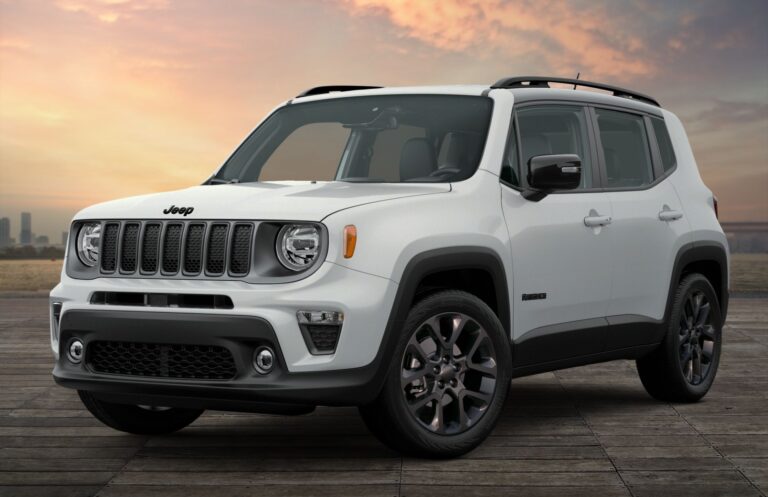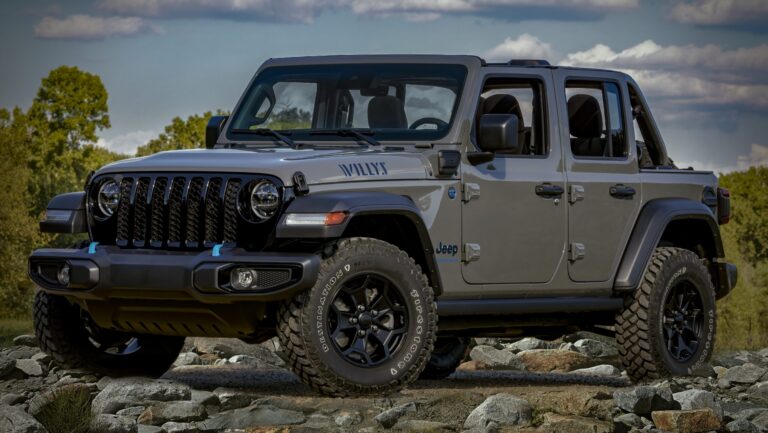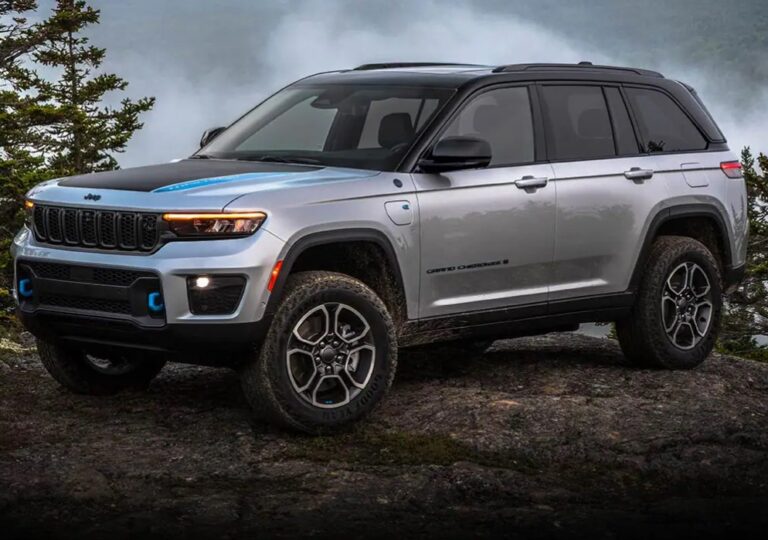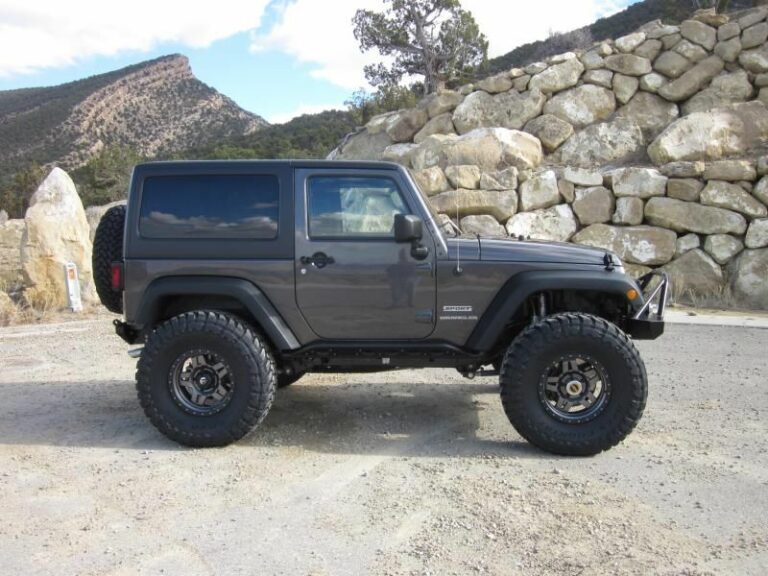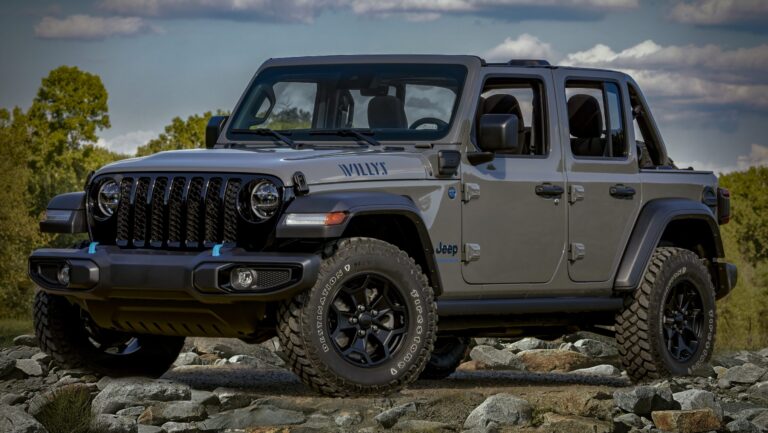Used Jeep Winch For Sale: Your Comprehensive Guide to Smart Off-Road Recovery
Used Jeep Winch For Sale: Your Comprehensive Guide to Smart Off-Road Recovery jeeps.truckstrend.com
For any serious Jeep enthusiast, the call of the wild often leads to challenging terrains where getting stuck is not just a possibility but an inevitable rite of passage. While a sense of adventure is paramount, so is preparedness. Among the essential recovery tools, a winch stands supreme, offering the brute force needed to extricate your vehicle from sticky situations. However, new winches can represent a significant investment, often putting them out of reach for budget-conscious off-roaders. This is where the burgeoning market for used Jeep winches for sale becomes incredibly relevant, offering a cost-effective alternative to equip your rig without breaking the bank.
Buying a used winch isn’t merely about saving money; it’s about smart resourcefulness. With careful inspection and informed decision-making, you can acquire a powerful, reliable piece of recovery gear that has plenty of life left, ensuring your adventures remain thrilling, not stranded. This comprehensive guide will navigate you through the ins and outs of finding, inspecting, and purchasing the perfect used Jeep winch, transforming a potentially daunting task into a rewarding one.
Used Jeep Winch For Sale: Your Comprehensive Guide to Smart Off-Road Recovery
The Allure of a Used Winch: Why Consider One?
The decision to opt for a used Jeep winch over a new one often boils down to several compelling advantages:
- Significant Cost Savings: This is undoubtedly the primary driver. High-quality winches from reputable brands like Warn, Smittybilt, or Superwinch can easily cost upwards of $800-$1500 new. A used equivalent, even in excellent condition, can often be found for 30-60% of its original price, freeing up funds for other essential modifications or recovery gear.
- Sustainability and Resourcefulness: By purchasing used, you contribute to a more sustainable consumption model, extending the lifespan of existing equipment and reducing demand for new manufacturing. It’s an eco-friendlier choice for the environmentally conscious off-roader.
- Immediate Availability: Unlike waiting for a new winch to ship or be in stock, a used winch might be available locally for immediate pickup, allowing you to equip your Jeep faster for your next adventure.
- Proven Performance: Many used winches have already seen action, and if they’ve been well-maintained, their durability and performance have been field-tested. This can sometimes offer more confidence than an untested new unit from a lesser-known brand.
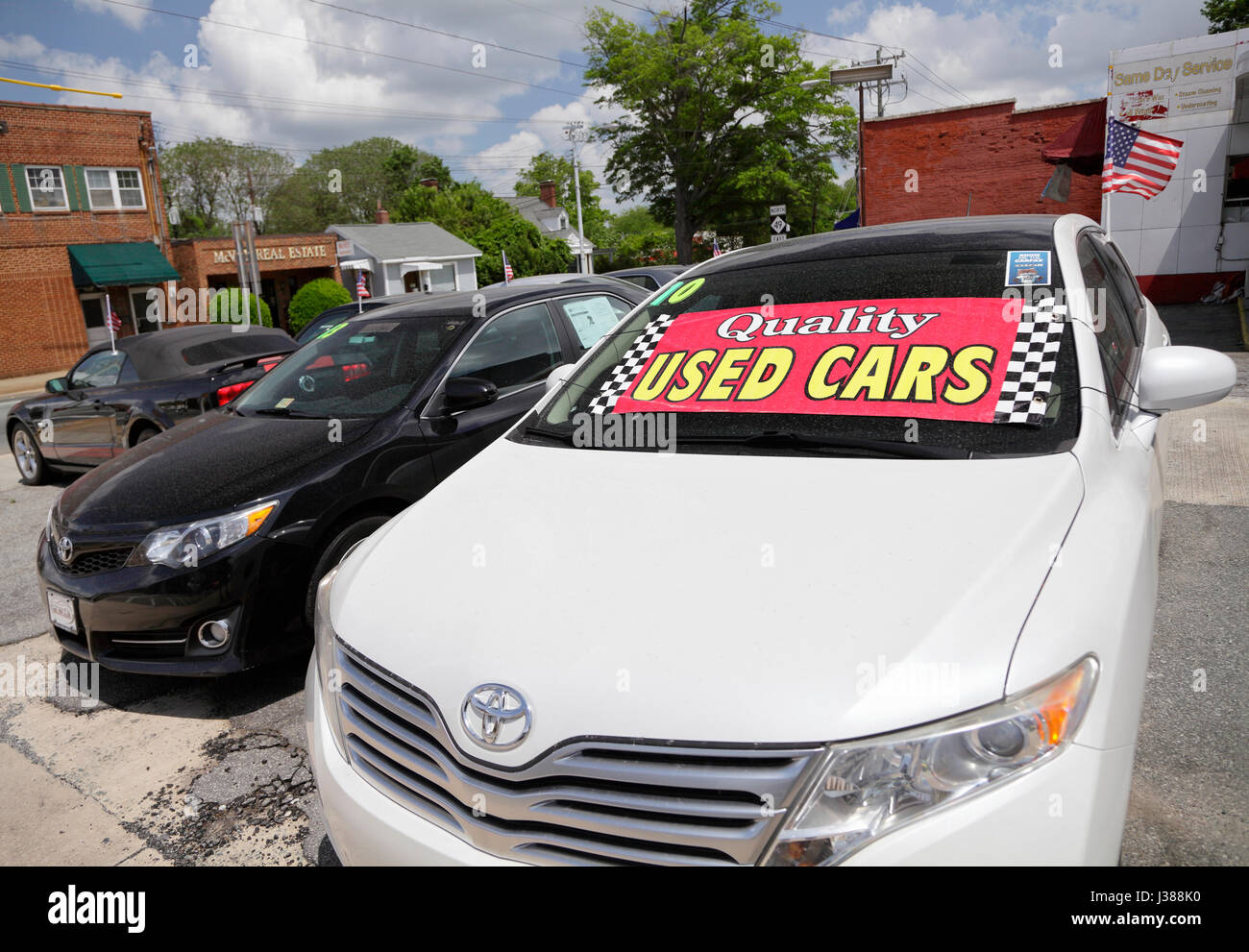
Understanding Winch Types & Capacity: What to Look For
Before you start your search, it’s crucial to understand the different types of winches and what capacity you’ll need. This knowledge will help you filter through options and make an informed choice.
- Electric Winches: These are the most common type for recreational off-roading. They run off your vehicle’s 12V electrical system. They are generally easier to install and operate but are limited by battery power and can overheat with continuous heavy use. Most used winches you encounter will be electric.
- Hydraulic Winches: Less common for typical Jeeps, these are powered by the vehicle’s power steering pump. They offer continuous pulling power without overheating and are excellent for heavy-duty, commercial, or military applications. They are more complex to install and generally more expensive, even used.
- Line Pull Rating (Capacity): This is the most critical specification. A general rule of thumb is to choose a winch with a minimum pulling capacity of 1.5 times your Jeep’s Gross Vehicle Weight Rating (GVWR). For example, if your loaded Jeep weighs 5,000 lbs, you’ll need at least a 7,500 lbs winch. For safety and versatility, many recommend a 9,000 lbs to 12,000 lbs winch for most modified Jeeps. Overshooting is always better than undershooting.
- Cable Type:
- Steel Cable: Traditional, durable, and relatively inexpensive. However, it’s heavy, prone to kinking, can rust, and stores a lot of energy under tension, making it potentially dangerous if it snaps. Most older used winches will have steel cable.
- Synthetic Rope: Lighter, stronger (pound for pound), safer (less energy stored), and floats on water. It’s more expensive and susceptible to abrasion, UV damage, and heat. If a used winch comes with synthetic rope, inspect it very carefully for frays or cuts.
Where to Hunt: Navigating the Used Winch Market
The market for used Jeep winches is diverse. Knowing where to look can significantly improve your chances of finding a good deal.
- Online Marketplaces:
- Facebook Marketplace/Groups: Excellent for local finds, allowing you to inspect the winch in person before buying. Search for "Jeep parts," "off-road gear," or "winch." Join local Jeep or off-road club groups, as members often sell gear.
- Craigslist: Similar to Facebook Marketplace, good for local deals. Be cautious and always meet in a public place.
- eBay: Offers a wider geographical reach, but shipping costs can be high, and you can’t physically inspect the item before purchase. Rely heavily on seller reputation and detailed photos.
- Dedicated Off-Road Forums & Classifieds: Websites like Expedition Portal, JeepForum, or specific brand forums often have classified sections where enthusiasts sell their used gear. These communities can be great for finding well-maintained items from knowledgeable owners.
- Local 4×4 Shops & Used Parts Dealers: Some off-road shops might take trade-ins or sell used equipment. Used auto parts dealers specializing in trucks/SUVs might also have winches. This allows for direct inspection and potentially professional advice.
- Off-Road Swaps & Events: Local and regional off-road shows and swap meets are excellent places to find used gear, negotiate prices, and connect with other enthusiasts.
- Auctions: Government surplus auctions or online auction sites can sometimes yield incredible deals, but require extensive research and often "as-is, where-is" terms.
The Critical Inspection: Your Step-by-Step Guide Before Buying
This is the most crucial step in purchasing a used winch. A thorough inspection can save you from buying a costly headache. Always try to inspect the winch in person if possible.
-
General Condition & Aesthetics:
- Rust and Corrosion: Check the entire unit, especially the motor housing, solenoid box, and mounting plate. Surface rust on the exterior is often cosmetic, but deep, structural rust can indicate severe neglect or internal damage.
- Dents, Cracks, or Bends: Look for signs of impact damage. A bent frame or housing could indicate internal misalignment.
- Overall Cleanliness: A well-maintained winch is often clean. Excessive dirt, mud, or grime might suggest neglect.
-
Motor and Gearbox:
- Listen for Sounds: If possible, ask the seller to demonstrate the winch. Listen for grinding, clunking, or excessive whining noises during operation (in and out). Smooth, consistent operation is key.
- Motor Housing: Check for cracks, severe rust, or signs of water intrusion.
- Gearbox Oil Leaks: Look for oil residue around the gearbox seals. This indicates a potential leak that will need addressing.
-
Solenoid/Control Pack:
- This is the brain of the winch. It’s often a separate box. Check for water intrusion, corrosion on terminals, or loose wiring.
- Remote Control: Test both wired and wireless remotes (if applicable) to ensure all functions (in, out, power) work reliably. Check the remote cable for cuts or damage.
-
Cable/Rope & Fairlead:
- Steel Cable: Look for frays, kinks, broken strands, or rust. Any significant damage means the cable needs immediate replacement.
- Synthetic Rope: Inspect for significant fraying, cuts, excessive sun fading, or flat spots from being pinched. Check the thimble and hook for wear.
- Fairlead (Roller or Hawse):
- Roller Fairlead: Ensure all rollers spin freely and aren’t seized or excessively worn. The gaps between rollers should be clean.
- Hawse Fairlead: Check for deep grooves or sharp edges that could damage synthetic rope.
- Hook: Inspect for bends, cracks, or excessive wear.
-
Mounting Plate/Hardware:
- Ensure the mounting plate is included and isn’t bent or excessively rusted.
- Check if all necessary bolts and hardware are present. Missing components can be a hassle to source.
-
Wiring:
- Inspect all wiring, especially the heavy-gauge power and ground cables. Look for cracked insulation, exposed wires, corrosion on terminals, or signs of overheating.
-
Test the Winch (Crucial!):
- Under Load (Ideal): If possible, ask the seller to demonstrate the winch pulling a modest load (e.g., another vehicle on flat ground). This is the best way to test its true functionality, motor strength, and gearbox integrity.
- No Load: If a load test isn’t feasible, at least test the winch in both directions (spool in and spool out) for several cycles. Listen for consistent operation, and feel for excessive heat buildup.
Pricing Your Used Winch Purchase: What Influences Value?
The price of a used winch can vary wildly. Key factors influencing its value include:
- Brand Reputation: Premium brands like Warn generally retain their value better due to their reputation for quality and durability.
- Condition: A well-maintained, fully functional winch with minimal cosmetic damage will command a higher price.
- Capacity: Higher capacity winches (10,000 lbs and above) are typically more expensive.
- Accessories Included: A complete kit with remote, fairlead, mounting plate, and healthy cable/rope will be more valuable than a bare unit.
- Age: Newer models, especially those with advanced features like wireless remotes or integrated solenoids, will fetch more.
- Cable Type: Winches with good synthetic rope might be priced higher than those with steel cable (or no cable).
Be prepared to negotiate, especially if you find minor issues that you’ll need to address.
Installation & Post-Purchase Care for Your "New" Used Winch
Once you’ve purchased your used winch, consider the following:
- Professional Installation: If you’re not comfortable with automotive electrical systems or heavy lifting, consider having a reputable off-road shop install the winch. Proper installation is critical for safety and performance.
- Fresh Fluids (if applicable): For hydraulic winches, consider replacing the fluid. For electric winches, ensure the motor and gearbox are sealed and lubricated according (consult manufacturer specs).
- Cable/Rope Inspection & Replacement: Even if the cable looks good, consider replacing old steel cable with new synthetic rope for improved safety and performance.
- Regular Maintenance: Just like a new winch, your used unit will benefit from periodic inspection, cleaning, re-lubrication (where applicable), and proper re-spooling of the cable/rope.
Potential Pitfalls & Smart Buying Strategies
- Beware of "Too Good to Be True" Deals: If a high-end winch is listed for an unbelievably low price, proceed with extreme caution. It could be stolen, heavily damaged, or a scam.
- Incomplete Kits: Ensure all critical components are included. Sourcing missing parts like control boxes, remotes, or mounting hardware can be expensive and time-consuming.
- Hidden Damage: Some sellers might try to conceal issues. A thorough visual and functional inspection is your best defense.
- Scams: For online purchases, be wary of sellers who refuse to show the item in person, demand payment via unsecured methods, or use generic stock photos.
- Negotiate Wisely: Don’t be afraid to offer less, especially if you identify issues that require repairs or replacements. Research current market prices for similar used units.
Sample Pricing Table: Used Jeep Winch Values (Estimated)
Please note: These prices are highly variable and depend heavily on the winch’s brand, condition, included accessories, and local market demand. This table serves as a general guide.
| Winch Capacity (lbs) | Brand (Example) | Condition | Cable Type | Estimated Price Range (USD) | Notes |
|---|---|---|---|---|---|
| 8,000 – 9,000 | Smittybilt, Badland | Fair-Good | Steel | $200 – $350 | Functional, some cosmetic wear, older model. |
| 8,000 – 9,000 | Warn, Superwinch | Fair-Good | Steel | $300 – $550 | Reliable, may need new cable or service. |
| 10,000 – 12,000 | Smittybilt, Badland | Good | Steel | $350 – $500 | Solid performance, may have minor cosmetic flaws. |
| 10,000 – 12,000 | Warn, Superwinch | Good | Steel | $500 – $800 | Well-maintained, robust, great value. |
| 10,000 – 12,000 | Smittybilt, Warn | Excellent | Synthetic | $600 – $900 | Newer model, minimal wear, includes synthetic rope. |
| 12,000+ | Warn, ComeUp | Good-Excellent | Steel/Synth | $700 – $1200+ | Heavy-duty, potentially newer or premium features. |
Frequently Asked Questions (FAQ)
Q1: Is it safe to buy a used winch?
A1: Yes, absolutely, provided you perform a thorough inspection and functional test. Many used winches have years of reliable service left in them.
Q2: What capacity winch do I really need for my Jeep?
A2: A good rule of thumb is 1.5 times your Jeep’s Gross Vehicle Weight Rating (GVWR). For example, if your loaded Jeep weighs 5,000 lbs, you need at least a 7,500 lbs winch. Going slightly higher (e.g., 9,000-10,000 lbs for most Jeeps) provides extra safety margin.
Q3: How can I tell if a used winch is in good condition without disassembling it?
A3: Look for signs of severe rust or impact damage on the exterior. Crucially, ask the seller to demonstrate its operation: listen for unusual noises, check the speed and consistency of the spooling, and test both directions. Inspect the cable/rope, fairlead, and remote thoroughly.
Q4: Should I prefer steel cable or synthetic rope on a used winch?
A4: Synthetic rope is generally safer and lighter, but it’s more expensive and can be damaged by abrasion or UV. Steel cable is durable but heavier and more dangerous if it snaps. If the used winch comes with a damaged cable of either type, factor in the cost of replacement. Many prefer to buy a used winch with steel and then upgrade to new synthetic rope for safety.
Q5: What’s the biggest risk when buying a used winch?
A5: The biggest risk is hidden internal damage (motor, gearbox) that isn’t apparent from a superficial inspection. This is why a functional test, ideally under a light load, is critical. Also, incomplete kits or stolen items pose risks.
Q6: What if the seller won’t let me test the winch?
A6: This is a major red flag. If a seller is unwilling or unable to demonstrate the winch’s functionality, it’s best to walk away. The risk of buying a non-functional unit is too high.
Conclusion
The market for used Jeep winches for sale presents an outstanding opportunity for off-road enthusiasts to acquire vital recovery gear at a fraction of the cost of new equipment. By understanding winch types, knowing where to search, and, most importantly, conducting a meticulous inspection, you can confidently secure a reliable and powerful asset for your Jeep. While the allure of a great deal is strong, always prioritize safety and functionality over price. A properly vetted used winch isn’t just a smart financial decision; it’s a commitment to safer, more confident off-road adventures, ensuring that when the trail gets tough, you’re always ready to pull yourself out.
